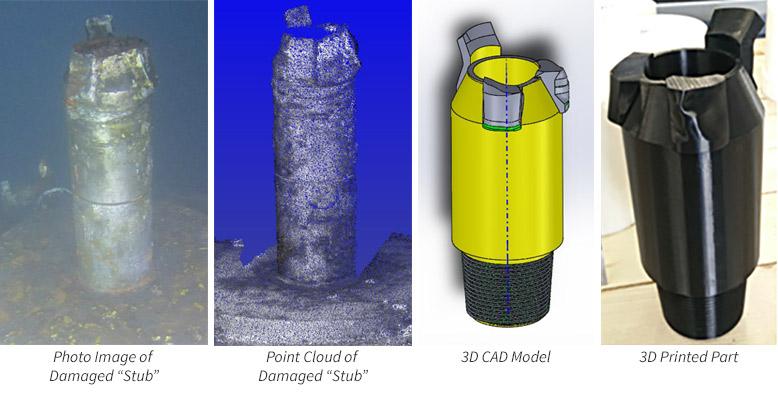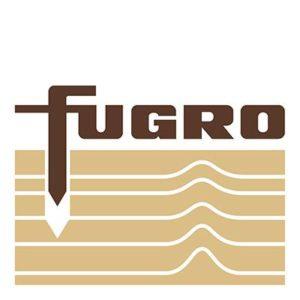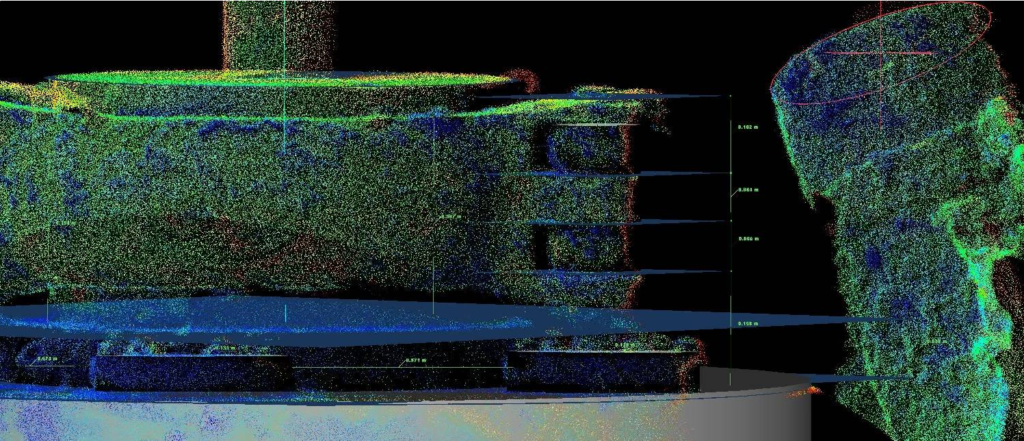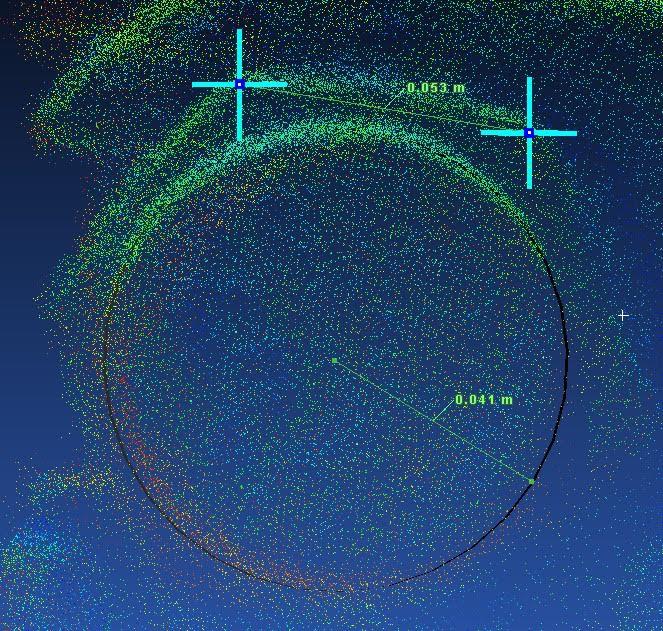 Abandoning a project can seem like the easy part — after all, you’re done with it, just let it go, right? In the case of some projects, it’s much, much more complicated. We’ve seen the disastrous effects of underwater projects gone wrong, and the world is becoming ever more aware of the delicacy of oceanic ecosystems. Unsurprisingly, 3D technologies have become a frequent go-to in projects relating to the Earth’s oceans, from 3D printing coral reefs to help preserve these necessary and fragile living systems to turbines for water desalination to removing and repurposing litter to studying whales and climate change — and even cleaning the ocean with specialty bikinis.
Abandoning a project can seem like the easy part — after all, you’re done with it, just let it go, right? In the case of some projects, it’s much, much more complicated. We’ve seen the disastrous effects of underwater projects gone wrong, and the world is becoming ever more aware of the delicacy of oceanic ecosystems. Unsurprisingly, 3D technologies have become a frequent go-to in projects relating to the Earth’s oceans, from 3D printing coral reefs to help preserve these necessary and fragile living systems to turbines for water desalination to removing and repurposing litter to studying whales and climate change — and even cleaning the ocean with specialty bikinis.
Subsea wells that are set to be abandoned must be sealed off for good, with plugged and abandoned (P&A) wells subject to intense scrutiny. An abandoned well off the coast of Oceania, Australia is the site for this latest extensive use of 3D technologies, as two companies came together to ensure that it could properly, and fully, reach final abandoned status. Fugro, a leading geo-intelligence provider operating in approximately 60 countries around the world, provides on- and offshore data related to environmental conditions including topography and soil composition for construction and infrastructure projects. The company contracted 3D at Depth, which offers underwater 3D data collection utilizing subsea LiDAR scanning. LiDAR (Light Detection and Ranging) scanning has been used in applications we’ve followed on land, ranging from creating maps for autonomous vehicles to detecting potholes in roads to helping to clean beaches. 3D at Depth takes this incredibly detailed 3D scanning technology below the waves, allowing for full 3D data sets to be created; the company often serves offshore oil and gas (O&G), commercial, and research and government applications.
The P&A wells in question for this project, located about 110 meters below the surface of the ocean, had been “drilled decades ago and suspended at the time of drilling,” notes Fugro.
“Fugro was asked to excavate, clean, measure and identify the wellheads in order to design an appropriate ‘hot tap’ connector, to assess feasible options for abandonment,” the company explains.
Detailed information about the wellheads was scarce, as their age limited availability of measurements, manufacture, and other specifications — but this information was necessary in order to be fully abandoned. This is where the partnership with 3D at Depth comes in, also offering a world first: this is the first time that a fully accurate, full-sized physical model of a well part was 3D printed using the subsea LiDAR data.
The project was started earlier this year, culminating this month in the 3D printed part. 3D at Depth’s LiDAR SL 2 technology and point cloud software allowed for incredibly accurate measurements of the outdated, damaged wellheads. Fugro’s Rem Etive multi-role intervention vessel was used for the survey, having been fitted with work class two remotely operated vehicles (ROVs), one of which had itself been fitted with one of 3D at Depth’s SL 2 Subsea LiDAR lasers. In the 13.5-hour survey, around 44 million data points were collected. The data — from LiDAR scans as well as physical measurements from Fugro’s ROV — included measurements of the wellheads, seabed structure orientation, and spatial relationships, all processed via point cloud processing tools to present a 3D point cloud database, dimensional reports and 360° animations of all wells, and CAD files.“In a recent project, an abandoned well was scanned using the 3D at Depth SL2 and a point cloud model created. A surface model was then derived from the point cloud and from the point cloud a plastic well cap was 3D printed. The 3D print was then used to fabricate tools for removing the existing cap and completing the decommissioning project,” 3D at Depth explains.
An important part of the project came down as well to the cost savings possible by using 3D technologies — and this is where the 3D printed well cap came into play.
“While the individual sector scans provide millimeter accuracies, the wide area point cloud can provide a 3D dataset of centimeter accuracy across an entire drill center. Wide area point clouds, when used for planning, have proven to avoid costly surprises which are otherwise only discovered after the intervention vessel is actually on location. Cost savings can be realised from almost any situation where accurate spatial data would be beneficial to planning intervention operations,” explains 3D at Depth’s Managing Director, Adam Lowry, MD.
 A full-scale model was needed in order to design the necessary ‘hot tap’ connector the project required. Due to cost considerations, it was determined that the best approach would be a hybrid manufacturing process, with a 1:1 model of the damaged part made on a 3D printer, used alongside a CNC process. The final CAD files for the model had to be developed manually, which is not uncommon in complex shapes for projects above or below the water, as auto meshing algorithms used to create surfaces from point clouds did not provide adequate results. Once the CAD files were ready to go, the part was 3D printed in ABS on an FDM 3D printer.
A full-scale model was needed in order to design the necessary ‘hot tap’ connector the project required. Due to cost considerations, it was determined that the best approach would be a hybrid manufacturing process, with a 1:1 model of the damaged part made on a 3D printer, used alongside a CNC process. The final CAD files for the model had to be developed manually, which is not uncommon in complex shapes for projects above or below the water, as auto meshing algorithms used to create surfaces from point clouds did not provide adequate results. Once the CAD files were ready to go, the part was 3D printed in ABS on an FDM 3D printer.
“Fugro and 3D at Depth believe this is the first time accurate spatial data has been used to fabricate a subsea part using 3D printing, introducing the possibility of creating physical models for intervention planning and realising potential cost savings,” Fugro notes.
Fugro, which recently saw the benefits of 3D printing in another complex case, is certainly reaping the time and cost savings possible with advanced technologies. Complex shapes and projects often require complex technologies — and fortunately for us all, 3D technologies are becoming more accessible all the time.
[Sources/Images: Fugro / 3D at Depth]Subscribe to Our Email Newsletter
Stay up-to-date on all the latest news from the 3D printing industry and receive information and offers from third party vendors.
Print Services
Upload your 3D Models and get them printed quickly and efficiently.
You May Also Like
The Dental Additive Manufacturing Market Could Nearly Double by 2033, According to AM Research
According to an AM Research report from 2024, the medical device industry, specifically in dentistry, prosthetics, and audiology, is expected to see significant growth as these segments continue to benefit from...
Heating Up: 3D Systems’ Scott Green Discusses 3D Printing’s Potential in the Data Center Industry
The relentless rise of NVIDIA, the steadily increasing pledges of major private and public investments in national infrastructure projects around the world, and the general cultural obsession with AI have...
AM Research Webinar Explores Continuum’s Sustainable Metal Additive Manufacturing Powders
Metal additive manufacturing (AM) powder supplier Continuum Powders is working to develop solutions that empower industries to reduce waste and optimize their resources. An independent life cycle assessment (LCA) of...
3D Printed Footwear Startup Koobz Lands $7.2M in Seed Round
California-based Koobz is focused on reshoring the U.S. footwear supply chain with advanced manufacturing processes, including 3D printing. The startup just announced that it has added $6 million to its...


































